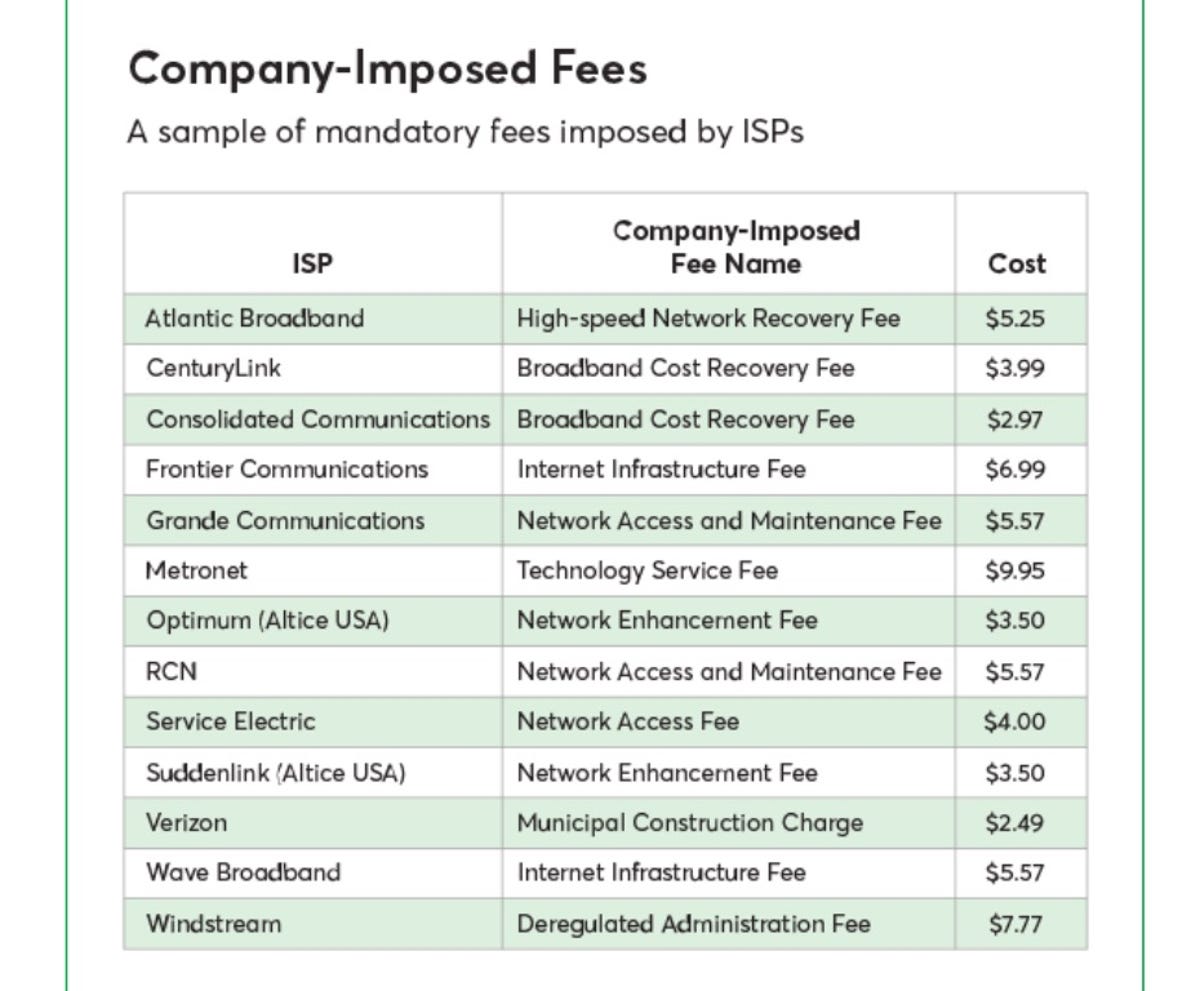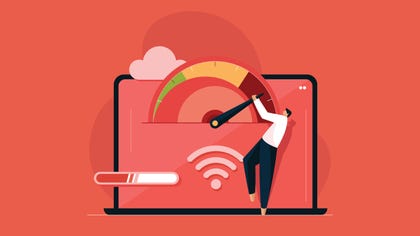What’s happening
Consumer Reports partnered with several organizations to collect and analyze US customers’ monthly internet bills to better understand what people across the country are paying for home connectivity.
Why it matters
The last two years have shown just how vital our internet connections have become for navigating work, school, health and play. This new study is just the latest evidence that affordable broadband is key to equal access (and opportunities) for communities across the country.
Consumer Reports has released the details of its year-long study into the true costs of home internet in the US. Spoiler alert: It’s too expensive. There’s not enough choice or competition. And the bills are extremely confusing.
Among the key findings: The median cost of high-speed internet was $75 per month, with approximately half of all households paying between $60 and $90 monthly for broadband service. Yet many consumers, especially those paying for premium tiers, weren’t experiencing speeds matching what was advertised. For example, customers paying for download speeds of 940-1,200 megabits per second often saw median speeds of 360-373Mbps.
The Consumer Reports project collected and reviewed over 22,000 bills from all 50 states plus Washington, DC, Puerto Rico and the US Virgin Islands. The organization notes that its findings vary from previous studies, which use publicly available data (often supplied by the providers). Instead, it pulls its info from real customers and what they’re actually paying each month.

Though not an exhaustive list, this is still a stunning glimpse at how providers can slide extra charges into our monthly bills.
Consumer Reports
Customers also found bills hard to understand (including bundle packages that don’t often itemize the internet price, making it tough to compare prices with other providers) and higher than advertised. In some cases, “junk fees” were added, which appear to be government-imposed but are actually provider-specific charges. Overall, it makes it difficult for consumers to budget their monthly internet expenses accurately.
Consumer Reports studied charges from approximately 700 different ISPs across the country, spanning cable, DSL, fiber, fixed wireless and satellite connection types. It did note that the study is not a nationally representative survey, so it’s not a comprehensive look at the broadband market. Still, it provides valuable insight into what Americans pay for their internet service.
Consumer Reports embarked on this initiative after one of its 2021 surveys showed that 76% of Americans said they relied on internet service for daily activities just as much as electricity and running water, while 86% leaned on it at least five days a week.
“Broadband must be available, and affordable for all, including low-income households and rural areas,” said Marta Tellado, president and chief executive officer of Consumer Reports, at the start of the project. Jonathan Schwantes, senior policy counsel at Consumer Reports, added, “These findings should alarm policymakers and regulators about the lack of competition in the marketplace and the tactics providers deploy to increase profits.”
AT&T, Comcast Xfinity, Cox and Optimum were among the providers mentioned that charge overage and data cap fees, at least in some areas of the country, and Verizon was called out for having discounts that might initially benefit consumers but was unclear as to when they expire and what price comes afterward.
Notably not highlighted in the study were the burgeoning 5G home broadband services of T-Mobile Home Internet and Verizon 5G Home Internet. In 2022, both made aggressive bids for customer attention by pushing unlimited data, simplified charges and no contract commitments. Perhaps the beginning of the kind of competition Consumer Reports calls for in its report? We’ll see next year.
Consumer Reports Study Shows Monthly Broadband Bills Are Costly and Confusing – CNET
Source: Media Star Philippines



0 Comments